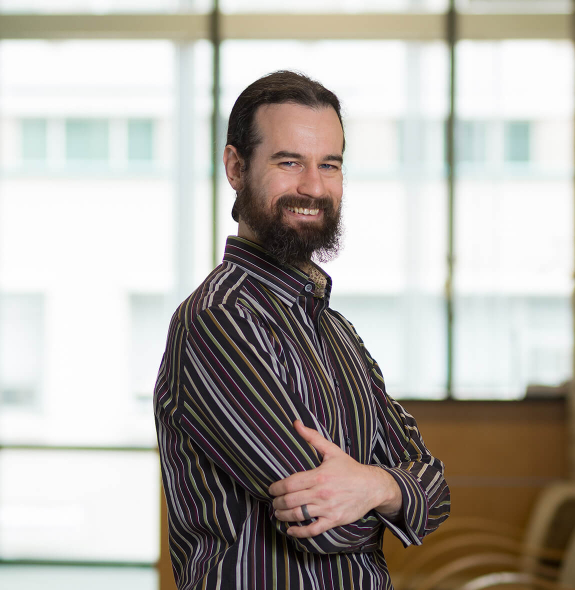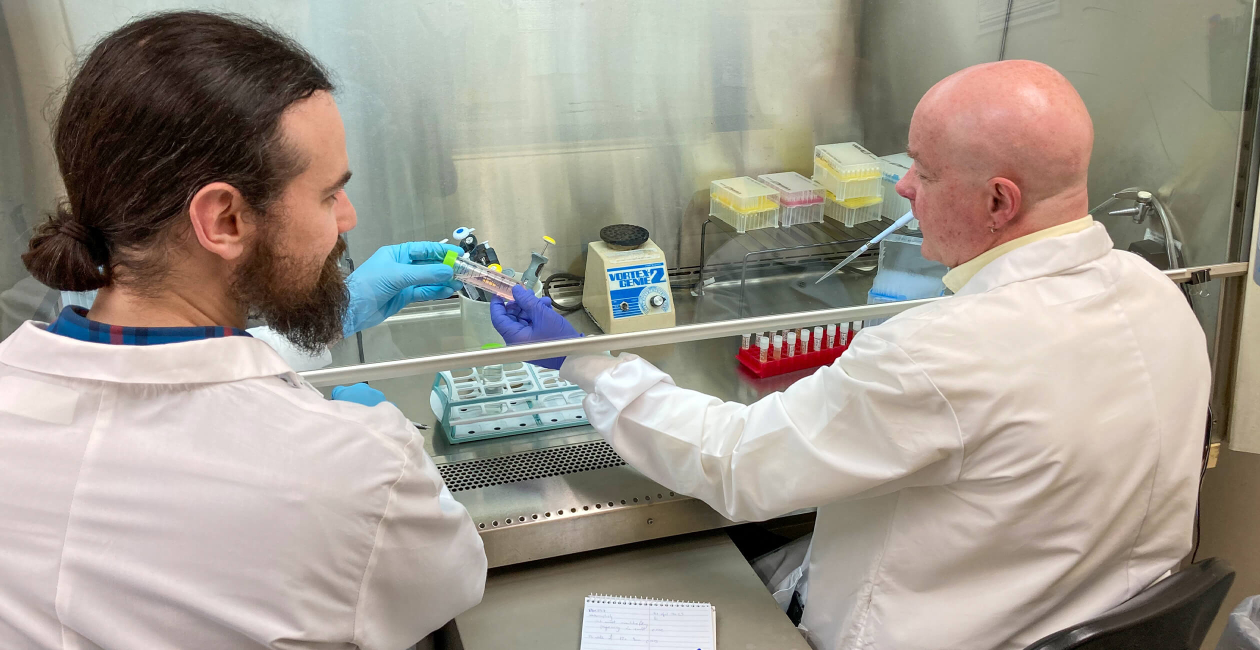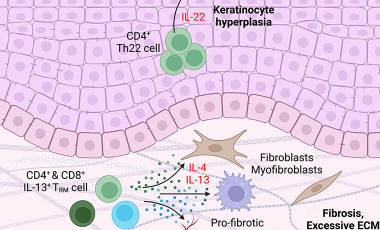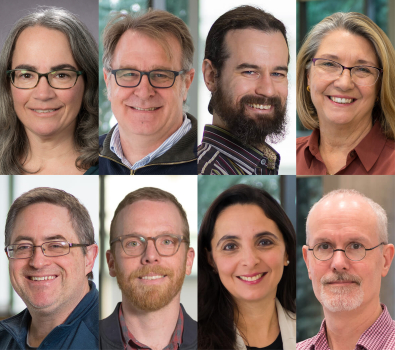Introduction
The Morawski lab studies the adaptive immune response occurring during human inflammatory and autoimmune diseases of the skin and other barrier tissues.
Our approach integrates cellular and molecular techniques including in situ imaging, organotypic culture, and gene editing to understand how T cells reprogram the structural cells of the skin and in turn how signals from the tissue shape the immune repertoire.
We are especially interested in dissecting the immune-stromal networks that maintain homeostasis in the skin and those that are dysregulated during heterogeneous systemic diseases such as scleroderma and lupus.

Research Assistant Member
Peter Morawski, PhD
Principal Investigator, Morawski Lab; Center for Fundamental Immunology
View Full Bio
Featured Publications
Apr 2025
T cells promote distinct transcriptional programs of cutaneous inflammatory disease in keratinocytes and dermal fibroblasts
J Invest Dermatol
Hannah A DeBerg, Mitch L Fahning, Suraj R Varkhande, James D Schlenker, William P Schmitt, Aayush Gupta, Archana Singh, Iris K Gratz, Jeffrey S Carlin, Daniel J Campbell, Peter A Morawski
Sep 2024
Dynamic chromatin architecture identifies new autoimmune-associated enhancers for IL2 and novel genes regulating CD4+ T cell activation.
Elife
Pahl MC, Sharma P, Thomas RM, Thompson Z, Mount Z, Pippin JA, Morawski PA, Sun P, Su C, Campbell D, Grant SFA, Wells AD
Aug 2024
T cells promote distinct transcriptional programs of cutaneous inflammatory disease in keratinocytes and dermal fibroblasts.
bioRxiv
DeBerg HA, Fahning ML, Varkhande SR, Schlenker JD, Schmitt WP, Gupta A, Singh A, Gratz IK, Carlin JS, Campbell DJ, Morawski PA
Mar 2022
Imprinted SARS-CoV-2-specific memory lymphocytes define hybrid immunity.
Cell
Rodda LB, Morawski PA, Pruner KB, Fahning ML, Howard CA, Franko N, Logue J, Eggenberger J, Stokes C, Golez I, Hale M, Gale M Jr, Chu HY, Campbell DJ, Pepper M
Sep 2021
High-throughput single-cell quantification of hundreds of proteins using conventional flow cytometry and machine learning.
Sci Adv
Becht E, Tolstrup D, Dutertre CA, Morawski PA, Campbell DJ, Ginhoux F, Newell EW, Gottardo R, Headley MB









